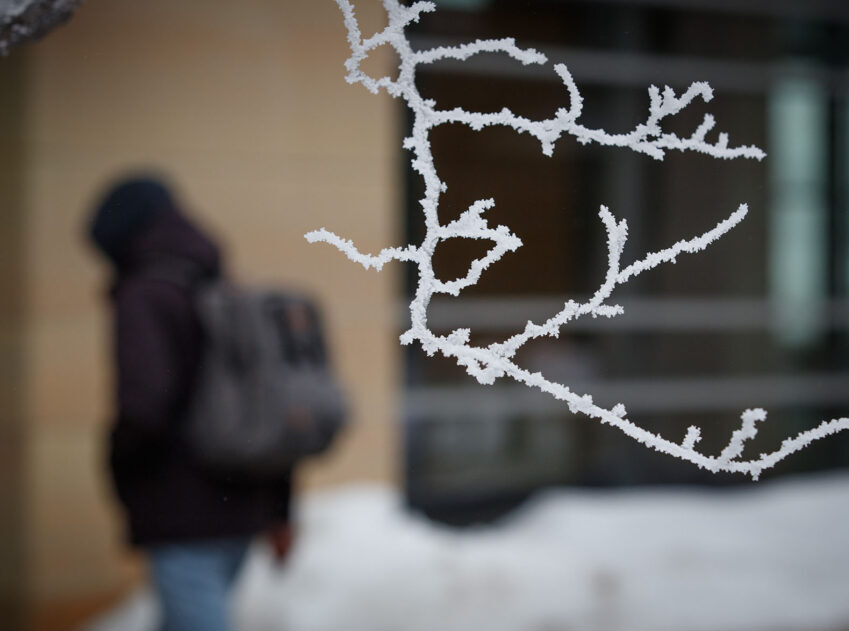LiveGreen: Budget-friendly tips for winter energy conservation

Whether someone is a homeowner or a renter, winter weather can feel like a threat to their home and family.
As temperatures drop, there are several home winterization techniques people can employ to ensure they don’t spend a fortune on energy while also improving their family’s comfort and safety.
Check out this short video from OPPD to prepare homes for cold weather.
Winterization, or preventative measures to prepare for the harsh impact of the winter months, can significantly improve a home’s performance and the health of occupants. Benefits include improved indoor air quality, less temperature related illness and reduced hypertension.
The financial stress associated with the heating season also can take a toll on mental health. There are several local assistance programs to explore when home weatherization work is needed, including Habitat for Humanity’s Home Improvement Program, OPPD’s Energy Assistance Program and federal programs such as the Low Income Home Energy Assistance Program.
The most thorough approach to addressing energy loss in winter, and throughout the year, is to conduct a home energy audit. If that’s not an option, there are other low-cost options available.
One of the most effective winterization strategies is to make repairs on areas in the home where heat loss commonly occurs. Drafty windows and doors, for example, can be inexpensively and easily addressed by caulking cracks and holes, installing weatherstripping or door sweeps and applying heat shrink plastic film to windows. Adding insulation can act as a winter coat for a home, reducing the chance of heat loss in areas where heat can radiate to the outside, such as exterior walls, attic access doors and rim joists.
Opening the blinds to let in sunlight and closing them at night is an easy and practical measure that can be adopted at the office and at home. Lowering the thermostat during the night and during the day when nobody is home also can save money and energy. According to the U.S. Department of Energy, households can save as much as 10% a year on heating and cooling by turning their thermostats back 7 degrees to 10 degrees from normal settings for eight hours a day.
Another option is investing in a smart thermostat, which analyzes a home’s energy usage patterns and automatically adjust settings for energy efficiency while keeping homes comfortable. OPPD offers a bill credit for every year someone uses a qualified device.
For those considering a more comprehensive home energy upgrade, check out the Rewiring America’s savings calculator to get an estimate on energy savings, upfront discounts and available tax credits.
